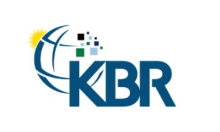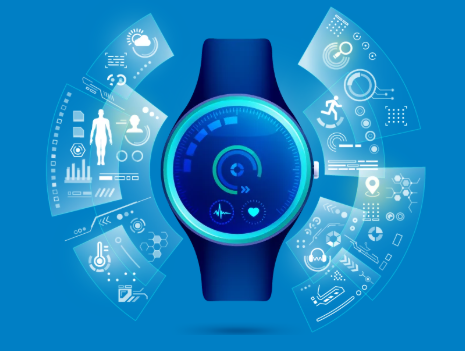
Objectives of the service
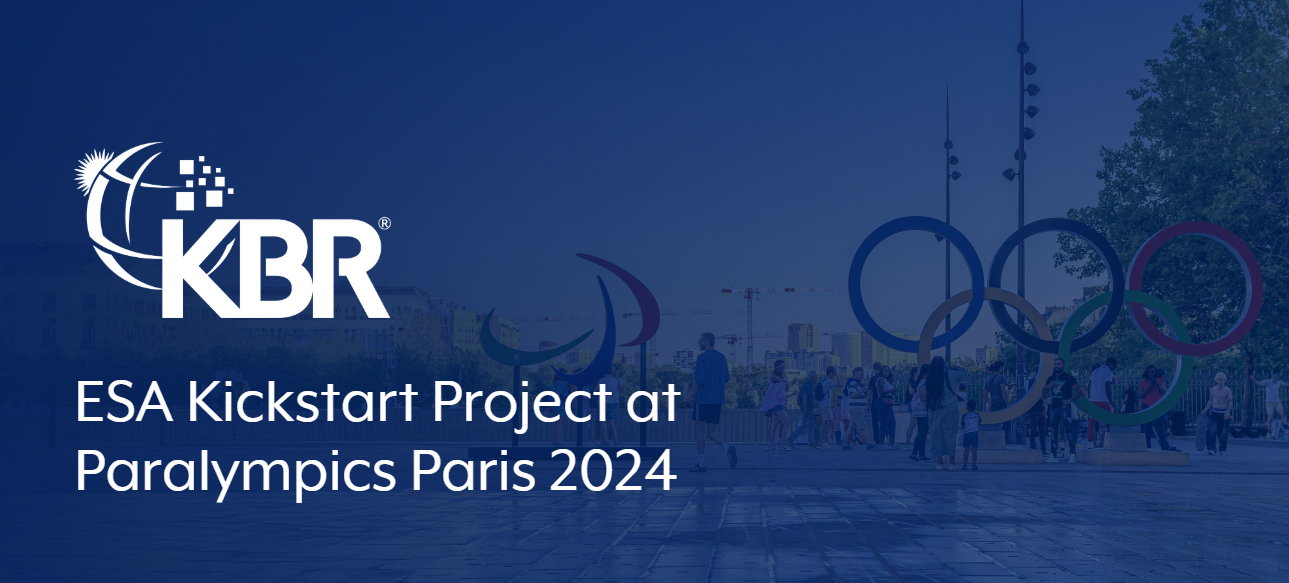
The service aims to address two key challenges faced by users. First, existing wearable technologies and algorithms are not adequately designed to accommodate individuals with physical impairments, limiting their accessibility and usability. Second, thermal regulation is crucial for athletes, especially in the context of climate change, as excessive fluid loss through sweating and rising core body temperature can impact performance and, in extreme cases, pose serious health risks. However, there are currently no effective tools to determine individual thresholds for these critical conditions.
This project seeks to test and refine new technologies, with a particular focus on physical impairment. It will adapt existing hardware to better meet the needs of users and develop methods to determine personalized thresholds for dehydration and overheating. By doing so, the project aims to minimize health risks for athletes during training and competition and improve the accessibility of wearable technology for individuals with physical disabilities.
Users and their needs
The targeted user community includes athletes, coaches, and caregivers across various sports, such as running, cycling, and equestrian activities. The system is designed for users in multiple countries, particularly those with advanced sports monitoring and training facilities, such as the USA, Germany, and the UK. It aims to enhance performance, safety, and accessibility through real-time physiological and environmental data tracking.
User Needs:
-
Comprehensive monitoring: Core body temperature, heart rate, respiratory rate, speed, and environmental data tracking.
-
Real-time feedback: Visual and auditory alerts for immediate insights.
-
Accessibility: Verbal feedback for visually impaired users.
-
Comfort & usability: Sweat-resistant watch straps, non-restrictive chest straps, and easy-to-swallow monitoring pills.
-
Flexible mounting: Wearable on various body parts, including wetsuits and smartwatches.
-
Data sharing & security: Real-time data access for coaches and caregivers, ensuring privacy and protection.
-
Customization & expandability: Compatibility with additional sensors for enhanced tracking.
-
Long-term usability: Extended access to historical data for performance improvement.
Challenges:
-
Ensuring user comfort in extreme conditions (e.g., heat, sweat resistance).
-
Maintaining real-time data accuracy while ensuring privacy and security.
-
Designing a versatile system adaptable to different sports and body placements.
-
Balancing ease of use with technological complexity for all user groups.
Service/ system concept
The real-time performance diagnostics system provides athletes and coaches with live tracking and environmental insights. It integrates wearable sensors, a smartwatch, global data sources, and user-friendly interfaces to monitor key physiological and environmental conditions.
Key Features & Capabilities:
-
Tracks heart rate, movement, core temperature, hydration, and blood flow in real time.
-
Provides speed and posture insights using motion sensors.
-
Uses GPS and weather models to deliver environmental data like temperature and humidity.
-
Sends live updates to smartphones, tablets, or PCs for easy monitoring.
How It Works:
Wearable sensors capture body data and send it wirelessly to a smartwatch, which acts as the system’s hub. The smartwatch processes and transmits the data via mobile networks to a cloud-based API. This API combines performance metrics with real-time environmental data and sends the results back to user interfaces. Athletes and coaches can then view the information in real time, gaining insights for performance optimization and safety.
The system is scalable, allowing future integration of AI-driven analytics, additional sensors, and improved user interfaces to enhance its capabilities.
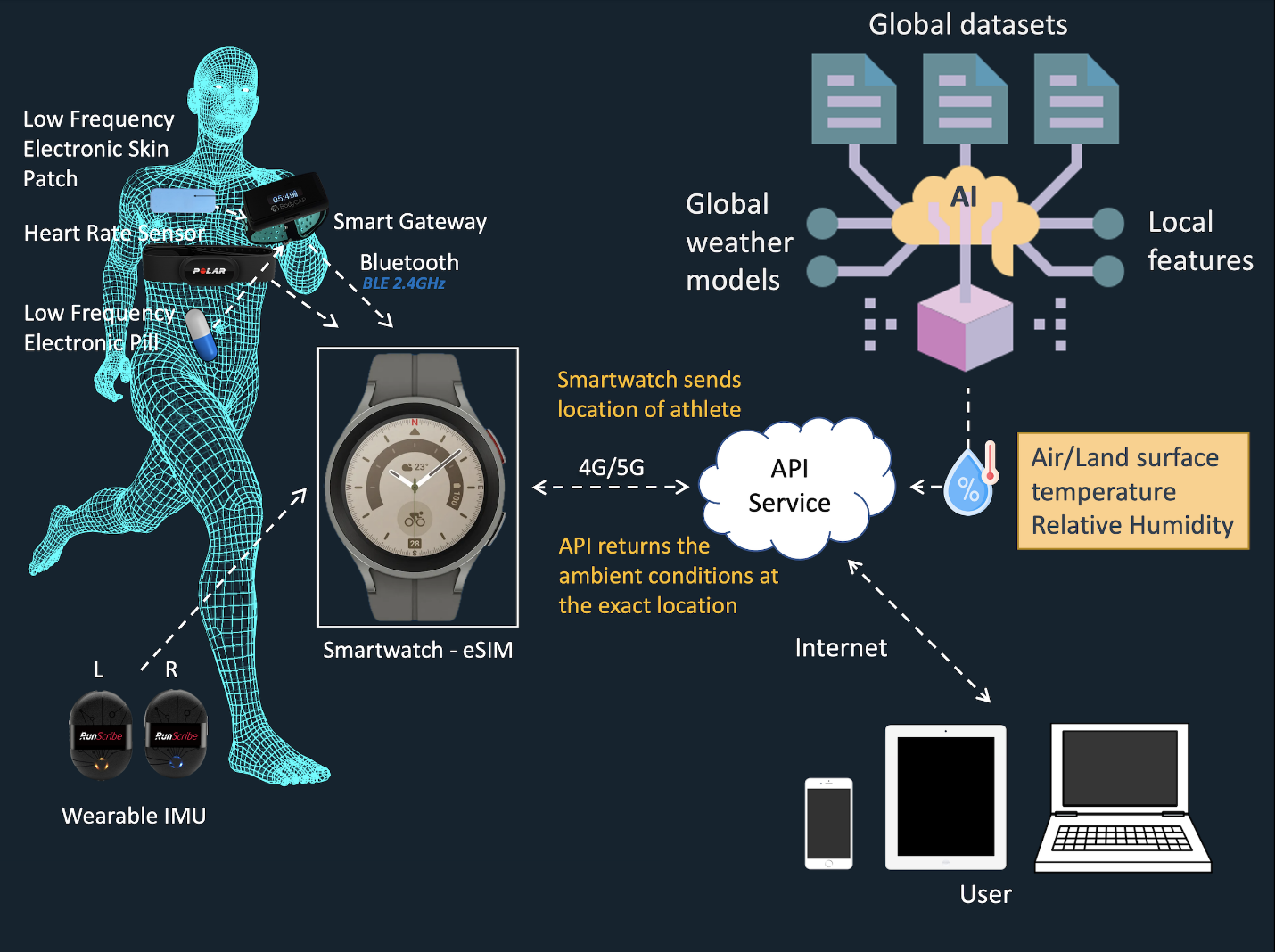
Space Added Value
The system utilizes satellite-based GPS for precise location tracking and Earth observation satellites for real-time environmental data, such as temperature, humidity, and atmospheric conditions. These space assets enhance performance monitoring by providing highly accurate, location-specific insights, which traditional ground-based sensors or competitor systems may lack.
Added Value of Space Assets:
-
Improved Accuracy: Satellite data ensures precise athlete positioning and environmental monitoring, reducing reliance on localized weather stations.
-
Global Coverage: Unlike existing systems limited to specific regions, space-based assets enable worldwide tracking and data consistency.
-
Real-Time Insights: Immediate access to AI-enhanced satellite weather models allows dynamic adjustments based on conditions like heat and air quality.
-
Competitive Advantage: Competitor solutions may use standalone sensors without environmental integration. By combining GPS, satellite weather data, and wearable technology, the system delivers a more holistic view of athlete performance and safety.
Using space assets, the system optimizes training and competition strategies while ensuring adaptability across diverse locations and conditions—offering superior accuracy, scalability, and performance insights compared to conventional methods.
Current Status
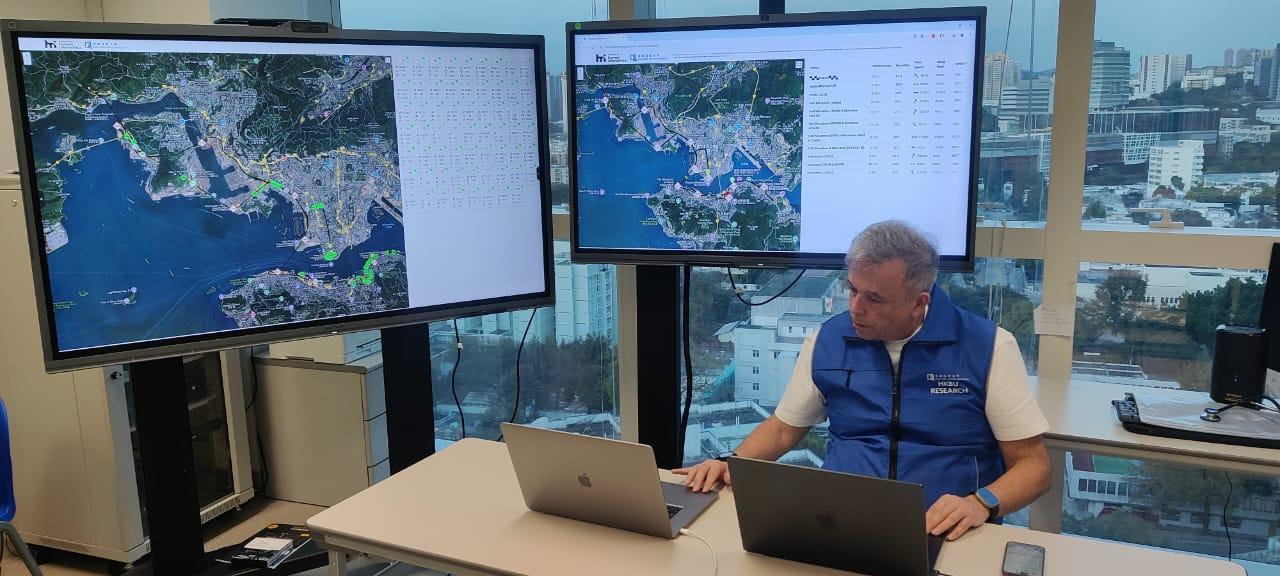
The project has successfully completed a pilot in 2024 World Triathlon Para Cup Taranto and testing in Paris2024 Paralympics. Data analysis is finalized, covering athlete performance metrics, user comfort, and the system’s usability in training and competition. A key focus was assessing wearability, particularly for users with physical impairments, ensuring the system is adaptable and does not hinder movement or performance. The evaluation also examined how well the system integrates into real-world sports environments. Currently, the findings are being prepared for publication in a scientific paper, summarizing insights on performance tracking, wearability, and applicability across different user needs, including athletes with impairments.



